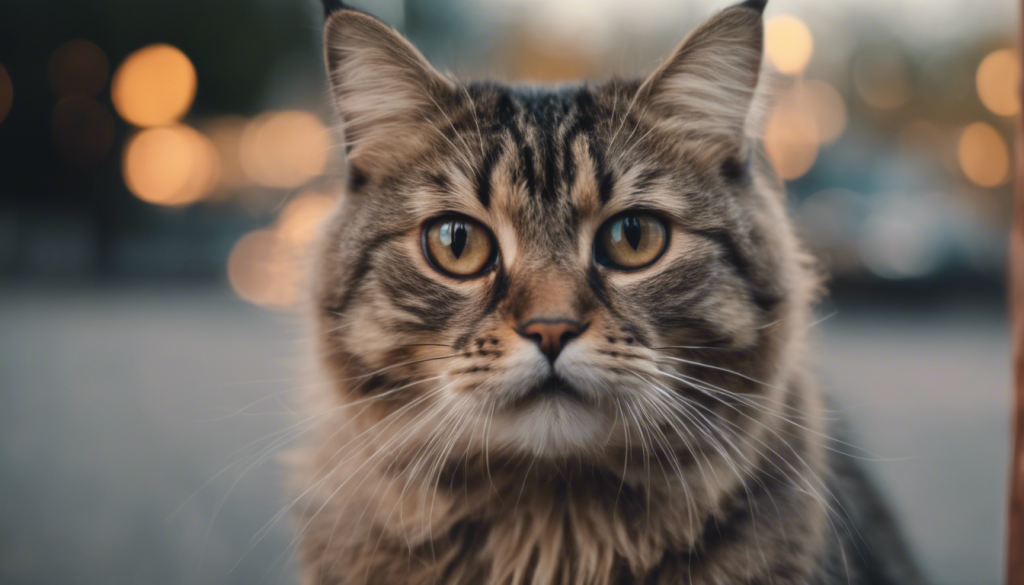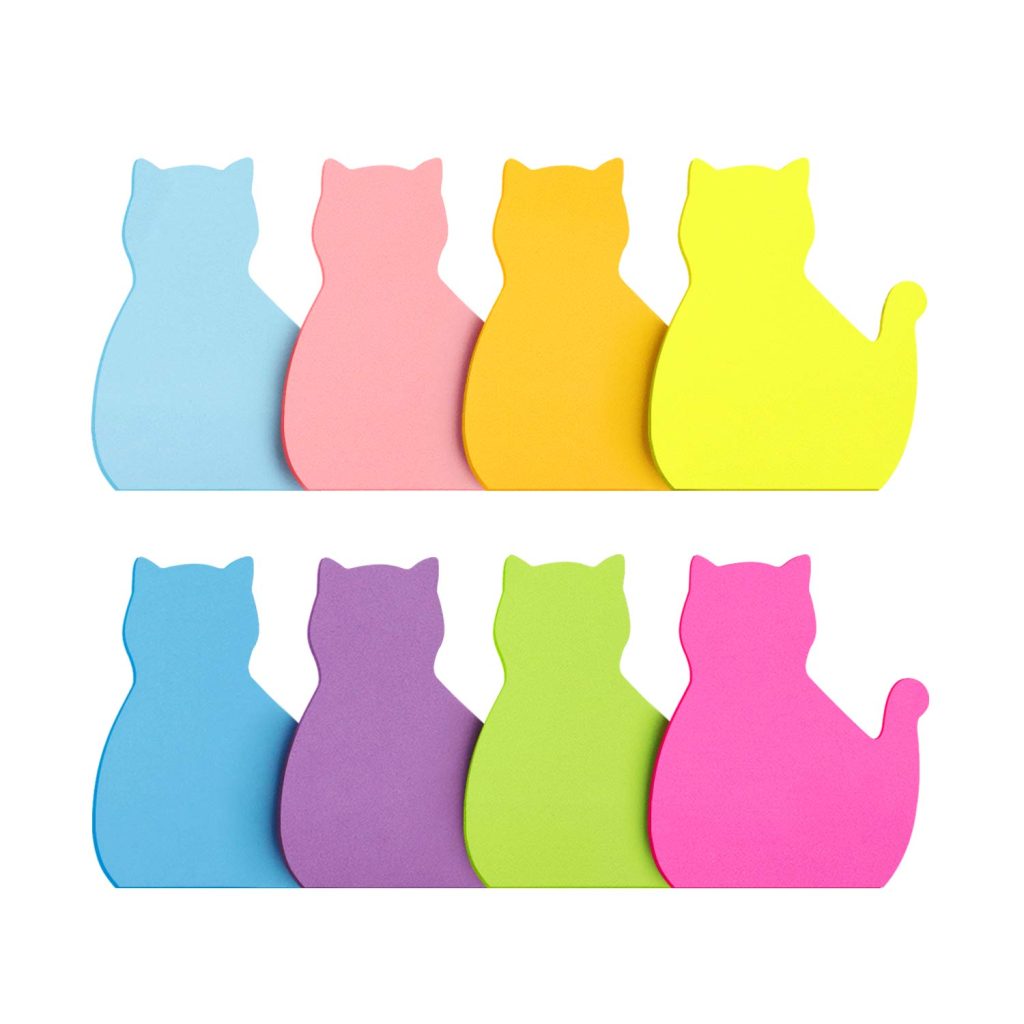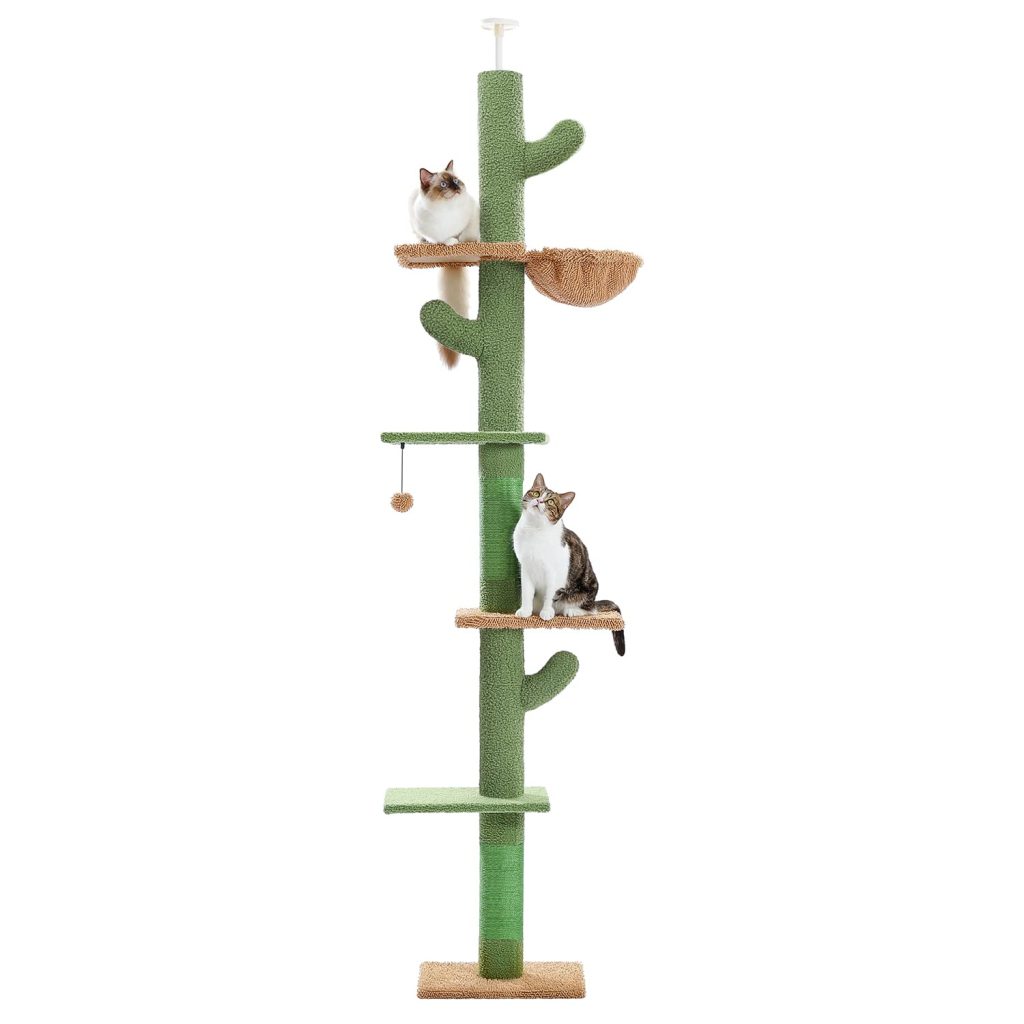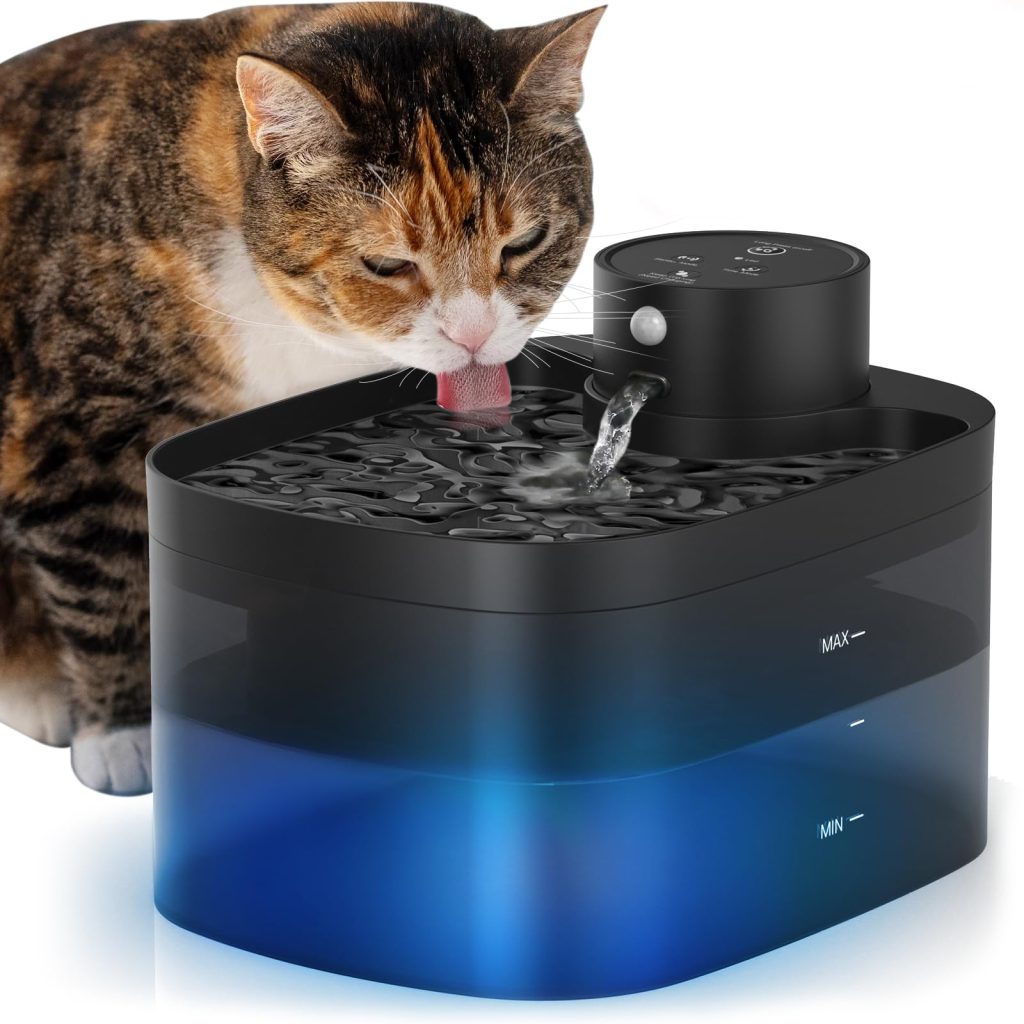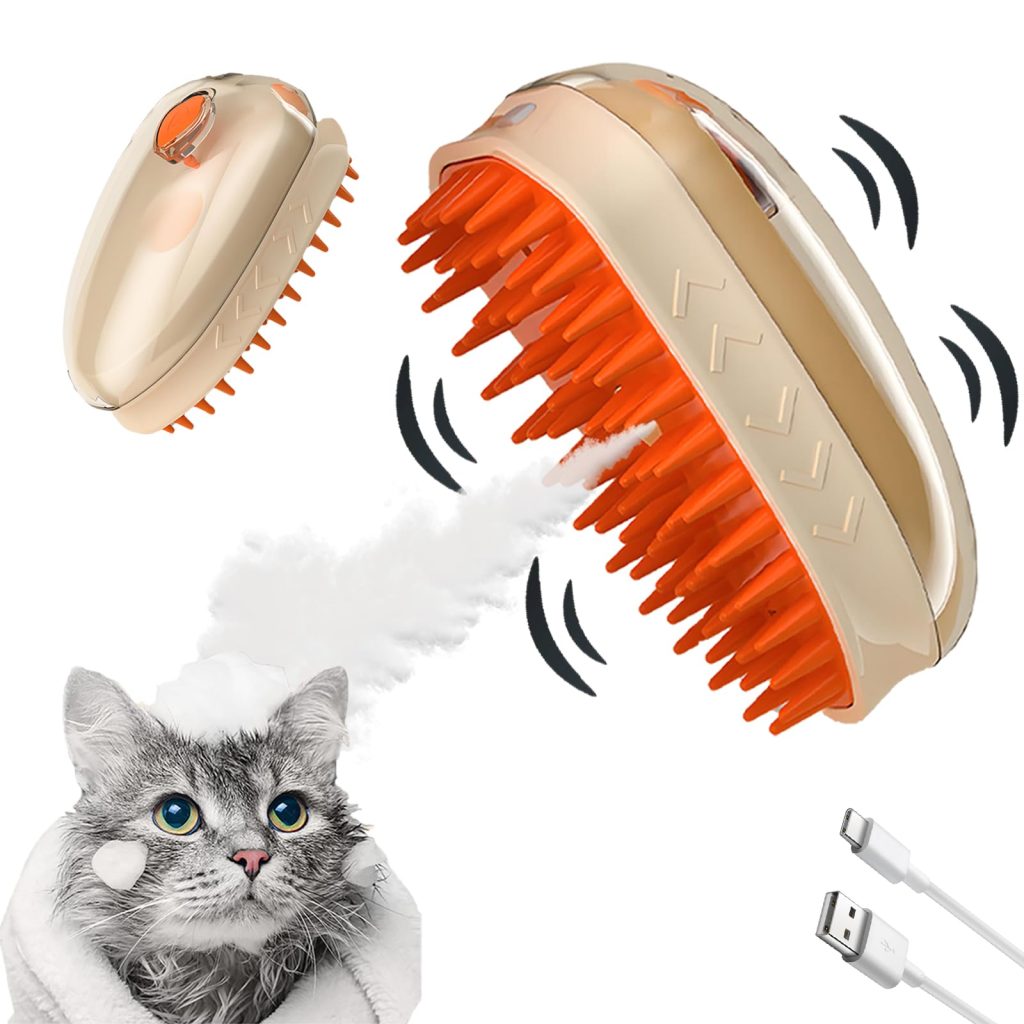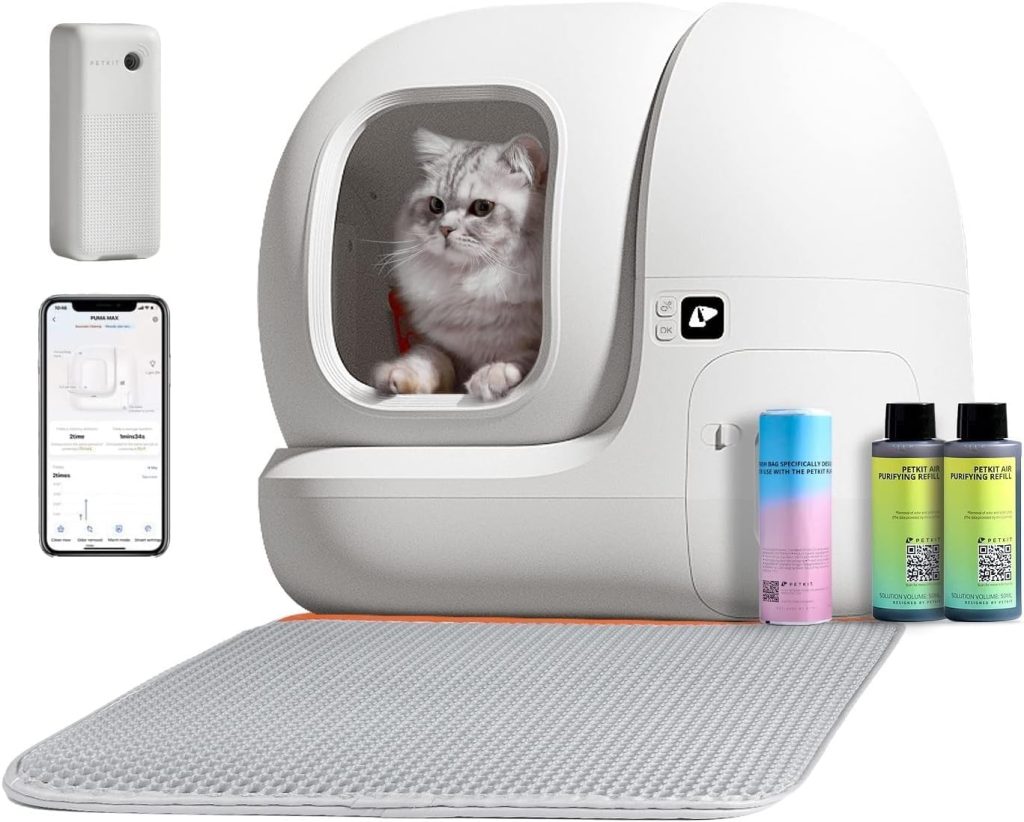
Understanding food aggression in cats
Picture this: you are about to serve your feline friend their favorite dish, but as you lean in, a hiss and a swipe come out of nowhere. Suddenly, dinner time feels more like stepping into the ring with a pint-sized pugilist. Don’t fret, though, you are not alone in this. Food aggression in cats is a real thing and understanding it is the first step to managing those mealtime melees.
So, what’s the deal with fluffy acting all fierce? Food aggression stems from a basic survival instinct. In the wild, cats are solitary hunters, not known for sharing their catch. Your domestic tabby still hasn’t gotten the memo that the days of fending off competitors are over. Your living room isn’t exactly the savannah, but those instincts are hardwired.
But here’s the rub: not all food aggression is created equal. It can range from mild (a little grumble here, a side-eye there) to full-blown ‘this shall not pass’ moments. Some cats may guard their bowl like it is a pot of gold at the end of a rainbow, while others might just give a warning hiss if you stumble too close during chow time.
It is also important to consider the why behind the aggression. It could be a sign of insecurity or anxiety. Perhaps your pet is worried another fur-sibling might swoop in and steal their lunch, or maybe they had to scuffle for scraps before they joined your family. Words of wisdom: understanding your cat’s unique history and personality is key in this puzzle.
Food aggression can throw a wrench in the bond you share with your kitty. Imagine trying to enjoy a meal with someone giving you the stink eye or worse, taking a swipe at your hand. Not so cozy, eh? And although you might think it is just part and parcel of pet ownership, it’s not something you need to accept as the status quo. It’s a behavior that you can indeed work on, for the sake of your windowsills (and fingers).
Remember, though, that fluff-ball isn’t plotting world domination from their food bowl; they’re acting on instinct. So, before you slip on the gauntlets and retrieve the shield for the next feeding time, take heart. With a little know-how, a dash of patience, and a sprinkle of empathy, you can begin to unravel the mystery that’s food aggression in your furry companion.
Identifying triggers for food aggression
Now that we’ve got a lay of the land on food aggression, let’s talk about the “whodunit” aspect. Identifying what flicks your cat’s switch from purr machine to hissy fit could be the golden ticket to peace during meal times. Get your detective cap on, because we’re about to explore the ‘whys’ and ‘whats’ that might be stirring up the squabbles around the food bowl.
First up, have a peep at the dinner setup itself. Is your cat’s dining area more of a highway than a haven? Cats like a chill spot to munch, away from foot traffic and noise. If Fluffy feels like they’re dining in Grand Central Station, you may witness some feral food guarding. It is like trying to enjoy a relaxed meal in a mosh pit – not exactly appetizing.
Another culprit might be the grub routine. Cats are creatures of habit, and if their feeding schedule is more unpredictable than a plot twist in a telenovela, you might see some uproar. A cat unsure about when the next meal is coming is like a ticking time bomb. Ensuring meals are served on a regular timetable can soothe those jittery nerves.
Don’t forget to play the sleuth with the portions, too. Your kitty’s inner lion might roar if they think you’re skimping on the servings. Underfeeding can lead to a cat that’s ready to brawl for every bit. But then again, overfeeding can cause its own heap of health woes – so aim for that Goldilocks zone.
If you’re ruling a multi-feline domain, take note: sharing may be caring, but not in your cat’s dictionary. Competing for resources can spark some serious tension. Does each cat have their own bowl, or is it a free-for-all? If it’s the latter, consider separate dining areas. Remember, everyone prefers a meal without a side of cat-itude.
And how about the emotional barometer? Cats can tote around a suitcase of stress just like humans. A feline that is had a rough go – consider shelter life or competition with littermates – might be on perpetual high alert. Scrutinize past traumas – they could explain a lot about current fears and food-guarding shenanigans.
Lastly, keep an eye out for any sneaky health issues. Sometimes what seems like food aggression can actually be a signal that something’s off in Whiskerstown. If your cat is acting more like a lion than a lamb at meal times, and nothing else adds up, it might be time for a vet check to make sure all is well under the hood.
Figuring out the exact stressor for your feisty feline’s food fracas might not be a walk in the park. But armed with these insights, you can start to tease out the cause behind those growly mealtime manners and take the first step toward turning hisses back into happy purrs at dinnertime.
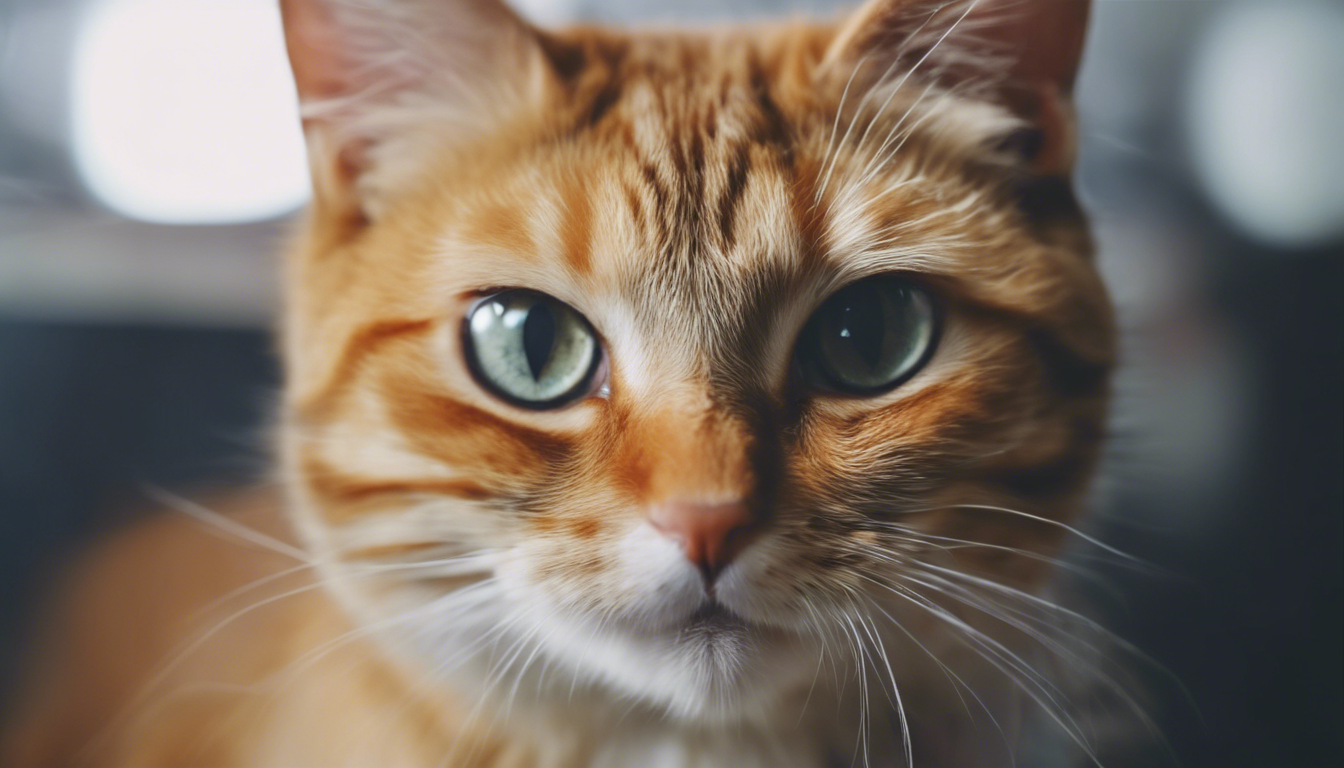
Behavioral modification techniques
Alright, cozy up and grab a catnip cocktail, because we’re about to unpack some crafty techniques that’ll have Mr. Whiskers chilling out rather than chowing down with an attitude. Behavioral modification sounds like a mouthful, but it’s really all about tweaking routines and reactions to reshape those feisty feeding habits.
First off, if you’re not a fan of surprise smackdowns when you’re scooping out the kibble, try this: change how you’re serving up the feast. Instead of one royal banquet, ponder breaking meals into smaller, more frequent portions. This can help alleviate anxiety around mealtime by reassuring your kitty that there’s plenty to go around and another meal is just around the corner.
Now let’s talk strategy. Desensitization is a snazzy term for getting your cat used to the thing they’re wigging out over without going full Hulk-mode. If they see you as a looming threat at meal times, start working on associating your presence with good vibes. Hand-feed them a few kibbles or sit nearby with a tasty treat, so they learn to associate you with added yum rather than potential yikes.
But what if there’s more than one whisker’d warrior in your castle? Enter counter-conditioning. For this, you’ll be playing the role of a peaceful diplomat, building positive feelings between feline frenemies during feeding. Give your cats treats in each other’s presence, so they start to link their kitty compadres with the good stuff – snacks! Before you know it, they’ll be looking forward to shared space instead of seeing it as a culinary cage match.
If tensions are higher than a cat on a curtain rod, you might also need to bring some clicker training into the mix. Sound like a magic show trick? It is better. Every time your fuzzball has a calm meal, mark the behavior with a click and a special treat. They’ll soon catch on that keeping their claws to themselves equals extra tasty dividends.
And how about a mealtime mantra? Consistency is the name of the game here. Stick to a strict feeding schedule to alleviate the angst that comes with uncertainty. Your cat should know that like clockwork, food will arrive. Keep the mantra of regularity humming, and you’ll have a more serene scene come dinnertime.
While we’re doling out dinner, don’t forget the setting. A serene environment can work wonders. Say ‘bye-bye’ to the dining room foot traffic and find a quiet niche for your kitty’s meals. Sometimes, it’s as simple as having a peaceful place without pesky humans or other pets passing by to make a finicky feline feel at ease while eating.
Lest we forget, these tactics need to be doled out with a generous spoonful of patience. Your ball of fluff wasn’t built in a day, and neither is their trust. Keep at it, sprinkle in healthy heaps of love, and those growls will start to purr – I mean, turn – into something sweet. Before you know it, you’ll be sitting pretty with a content cat come chow time.
Managing a multi-cat household
Managing a household of multiple mousers can be like directing a fur-filled opera, where each kitty plays their part with unique quirks and crescendos. When it comes to feeding in such an environment, things can get a little hair-raising if each cat auditions for the role of top cat at the food bowl.
The key to a harmonious household is to choreograph their movements so each furry performer has their own stage, a.k.a., their own feeding area. This isn’t just about physical space; it is about creating a sense of security for each cat. A private dining spot tells Mittens and Garfield, “This bowl is just for you, no ticket required for entry. Dine in peace, m’lady/m’lord.”
But let’s not forget about staging the scene properly. Have you ever seen a cat eyeing another’s bowl with the fiery intensity of a feline gladiator? To imagine one bowl might suffice is like asking two divas to share the spotlight – it’s a recipe for drama. So, give each kitty their own props in the form of distinct bowls, and while you’re at it, personalize them to avoid a mix-up. A well-placed monogram could be the difference between peace and pandemonium.
There’s also wisdom in staggering the mealtime overture. By allowing each cat to take their bow and feast one at a time, you reduce the risk of a food frenzy. If stage fright at the communal buffet is causing your cats discomfort, consider separate feeding times as an encore-worthy solution.
Now, even in the best-run shows, understudies are necessary. With cats, this means having a backup plan for when the normal routines are upended. Don’t stash your strategies with the costumes; keep alternatives in your back pocket. This might mean separate feeding times or rooms if tensions are running high, like during the holiday season when the house is bustling with guests and activity.
And what about rehearsals? Practice makes purr-fect. Rehearse the routine for meal prep and serving so that your furry troupe knows exactly when and where the dining will commence. With time, they’ll grow accustomed to their individual spots and schedules, and they may even begin to anticipate their cues with less fervor.
Lastly, don’t let the spotlight glare blind you to the feelings of your whiskered cast. A touch of empathy goes a long way. Acknowledge their need for prominence and privacy, and you’ll be rewarded with a cat chorus that’s more harmonious than hissy.
Remember, a multi-cat household doesn’t have to be a Broadway battle for the best bites. A well-planned set, a consistent script, and understanding the unique personalities of your feline ensemble can make mealtime an award-winning act.
